Nurturing Vagal Toning Through Diet: A Comprehensive Guide
Welcome to our comprehensive guide on nurturing vagal toning through diet. we understand the importance of a healthy vagal tone and its impact on overall well-being. In this article, we will delve into the key aspects of vagal toning and provide you with expert insights on how diet plays a crucial role in nurturing and improving vagal tone.
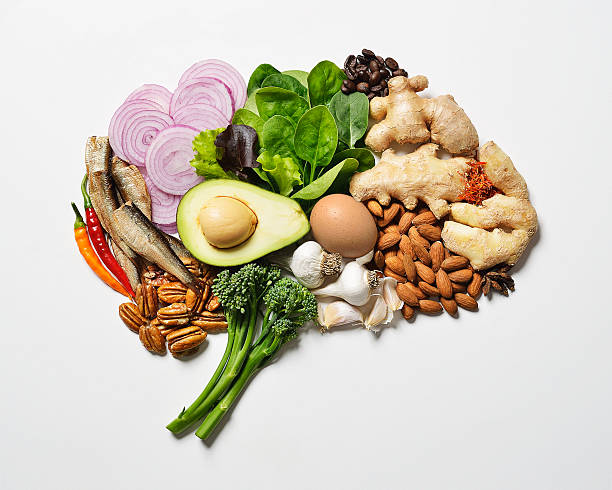
2. Understanding Vagal Toning
The vagus nerve, also known as the “wandering nerve,” is the longest cranial nerve in the body. It connects the brain to various organs, including the heart, lungs, and digestive system. Vagal toning refers to the activity and responsiveness of the vagus nerve. A higher vagal tone is associated with better physiological and psychological health.
- Nurturing Vagal Toning:The Link Between Diet and Vagal Toning

The Link Between Diet and Vagal Toning
Research has shown a strong correlation between diet and vagal toning. By making mindful choices about the foods we consume, we can positively influence our vagal tone and reap the associated benefits. Let’s explore some key dietary factors that contribute to nurturing vagal toning.
-
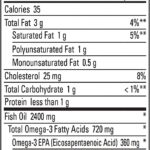
Omega-3 Fatty Acids 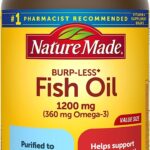
Fish Oil - Omega-3 Fatty Acids https://amzn.to/44aNfrg
Incorporating omega-3 fatty acids into your diet has been shown to enhance vagal tone. Foods rich in omega-3s include fatty fish (such as salmon and mackerel), flaxseeds, chia seeds, and walnuts. These sources provide essential nutrients that promote heart health and overall vagal function.
- Polyphenol-Rich Foods https://amzn.to/3rnx8IA
-

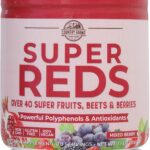 Polyphenol-Rich Foods
Polyphenol-Rich Foods
Polyphenols are powerful antioxidants found in a variety of plant-based foods. They have been linked to improved vagal tone and reduced inflammation. Include foods like berries, green tea, dark chocolate, and olive oil in your diet to increase your polyphenol intake.
- Probiotics and Gut Health https://amzn.to/46Hafja
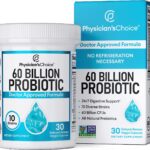

A healthy gut microbiome plays a vital role in vagal toning. Consuming probiotic-rich foods such as yoghurt, kefir, sauerkraut, and kimchi can help maintain balanced gut flora. This, in turn, supports optimal vagal function and overall well-being.
- Stress-Reducing Foods
Chronic stress negatively impacts vagal tone. Incorporating stress-reducing foods into your diet can have a positive effect on vagal toning. Foods like chamomile tea, dark leafy greens, avocados, and almonds are known for their calming properties and can aid in stress reduction.
- The Vagus Nerve and its Functions
To better understand the significance of nurturing vagal toning, let’s explore some of the key functions of the vagus nerve:
- Regulating Heart Rate
The vagus nerve helps maintain a steady heart rate and plays a crucial role in heart rate variability. Improved vagal tone promotes a healthy heart rhythm and cardiovascular function.
- Enhancing Digestion
A well-toned vagus nerve supports optimal digestion by stimulating the release of digestive enzymes and promoting smooth muscle contractions in the gastrointestinal tract.
- Reducing Inflammation
The vagus nerve acts as a natural anti-inflammatory agent, helping to regulate the body’s inflammatory response. Nurturing vagal toning through diet can contribute to a healthier inflammatory balance.
- Strategies for Nurturing Vagal Toning Through Diet
Now that we understand the importance of vagal toning and its connection to diet, let’s explore some practical strategies you can implement to nurture your vagal tone effectively.
- Balanced Macronutrient Intake
Maintaining a balanced intake of macronutrients (carbohydrates, proteins, and fats) is essential for overall health, including vagal toning. Aim for a diet that includes a variety of nutrient-dense foods to support optimal vagal function.
- Mindful Eating Practices
Practising mindful eating can help improve vagal tone. Slow down, savour each bite, and pay attention to your body’s hunger and satiety cues. Engage all your senses while eating to enhance the mind-body connection.
- Hydration

Hydration
Adequate hydration is vital for optimal vagal function. Ensure you drink enough water throughout the day to support your overall well-being and vagal tone.
- Anti-Inflammatory Foods
Incorporating anti-inflammatory foods into your diet can help nurture vagal toning. Some examples include turmeric, ginger, leafy greens, and fatty fish. These foods provide essential nutrients and help combat inflammation.
- Meal Timing
Spacing out your meals and avoiding prolonged fasting can help maintain stable blood sugar levels, which positively impacts vagal tone. Aim for regular, balanced meals throughout the day.
Conclusion
In conclusion, nurturing vagal toning through diet is a powerful approach to enhancing overall well-being. By incorporating omega-3 fatty acids, polyphenol-rich foods, probiotics, stress-reducing foods, and practising mindful eating, you can positively influence your vagal tone and experience the associated health benefits. Remember to consult with a healthcare professional or registered dietitian for personalized guidance on implementing dietary changes. Prioritize your well-being by adopting a diet that supports a healthy vagal tone and empowers you to live your best life.
Source:
https://my.clevelandclinic.org/health/body/22279-vagus-nerve
If you enjoyed this article, please like and share it with your friends, and don’t forget to subscribe for more great content!
Disclaimer: The contents of this article are intended to raise awareness about common health issues and should not be viewed as sound medical advice for your specific condition. You should always consult with a licensed medical practitioner before following any suggestions outlined in this article or adopting any treatment protocol based on the contents of this article.
Understanding Anger : A Comprehensive Guide in 2025
5 Best Vagal Toning Exercises: Nurturing Inner Balance and Resilience